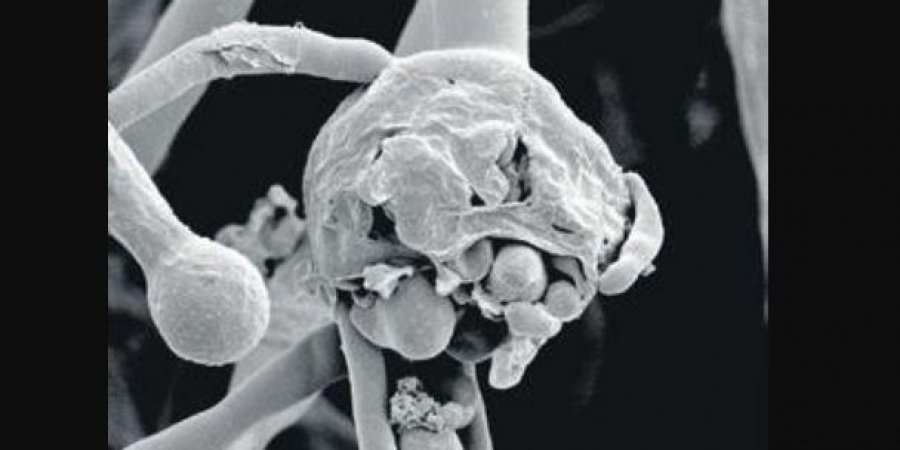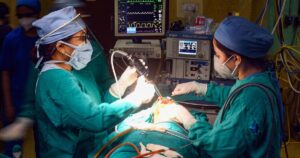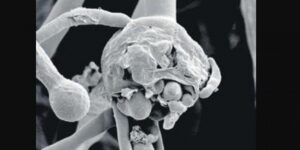Black Fungus: AIIMS Issues Guidelines for Early Detection, Prevention in its Covid Ward

The second wave of Coronavirus in India has shaken the health structure of the country badly. Amid the increase in coronavirus cases, there have been many cases that have been associated with black fungal infections. There have been many cases of Mucormycosis or black fungal infections with extremely high mortality rates in various parts of the country.
There have been 7,250 reported cases of black fungus in India so far. Maharashtra has the highest number of cases of Mucormycosis followed by Gujarat, Madhya Pradesh, Haryana, Delhi, and Uttar Pradesh. In Maharashtra alone, 90 people have lost their lives due to Mucormycosis. Rajasthan has also declared Mucormycosis an epidemic.
As cases are staggering, AIIMS has issued guidelines that can help identify black fungal infections in high-risk patients suffering from Coronavirus that will help in the timely treatment of deadly fungi. The guidelines also list the symptoms of Mucormycosis in patients that help in early detection of the disease so that health authorities can know about the disease on time and get timely treatment to save lives.
AIIMS Dr. Rajendra Prasad Centre for Ophthalmic Studies on Wednesday published fresh guidelines and criteria for an early detection and prevention of Mucormycosis in AIIMS’s Covid Ward.

Who are ‘high-risk’ patients in Covid Ward?
Patients with this infection are noted to be corona positive at less than 10 days from onset. Medical experts also say that there is a deep correlation between diabetes and black fungal infection. In addition, Covid-19 has the potential to worsen diabetes. There are times when coronavirus has led to diabetes in normal individuals.
-
The disease is mostly seen among Covid patients who were given steroids for the treatment of coronavirus symptoms, particularly among those suffering from cancer and diabetes.
-
Patients who are on oxygen support through nasal springs, by mask or ventilator.
-
Those who are given high doses of steroids, or steroids from long duration or tocilizumab.
-
Those who are diabetic and on steroids, diabetic ketoacidosis and patients with uncontrolled diabetes.
The guidelines suggest conducting a baseline examination on high-risk patients, followed by weekly examinations until discharge time. Also, depending on the patient’s condition, it should be examined once every two weeks for six weeks or once every month for three months.

Symptoms of black fungus infection
-
Eye pain or headache
-
Blockage of nasal passages
-
Abnormal black discharge or rough dryness or bleeding from the nose
-
Redness of the eye, swelling around the eyes, inability to open the eye, loss of vision, double vision, prominence of the eye, difficulty in closing the eye
-
Numbness or tingling sensation in the face, difficulty chewing or opening the mouth
If a patient identifies any of these signs, what must they do?
If you face any of these symptoms, immediately consult an ophthalmologist or an ENT doctor for the treatment. Inform the doctor about your medical condition without hiding anything and notify about your blood sugar levels history, immunosuppressive treatments, if any.
-
Monitor your sugar levels regularly.
-
Do not go for self medication with steroids, antifungal drugs and antibiotics.
-
If the doctor advises, go for MRI CT Scan with contrast- paranasal sinuses and orbit.